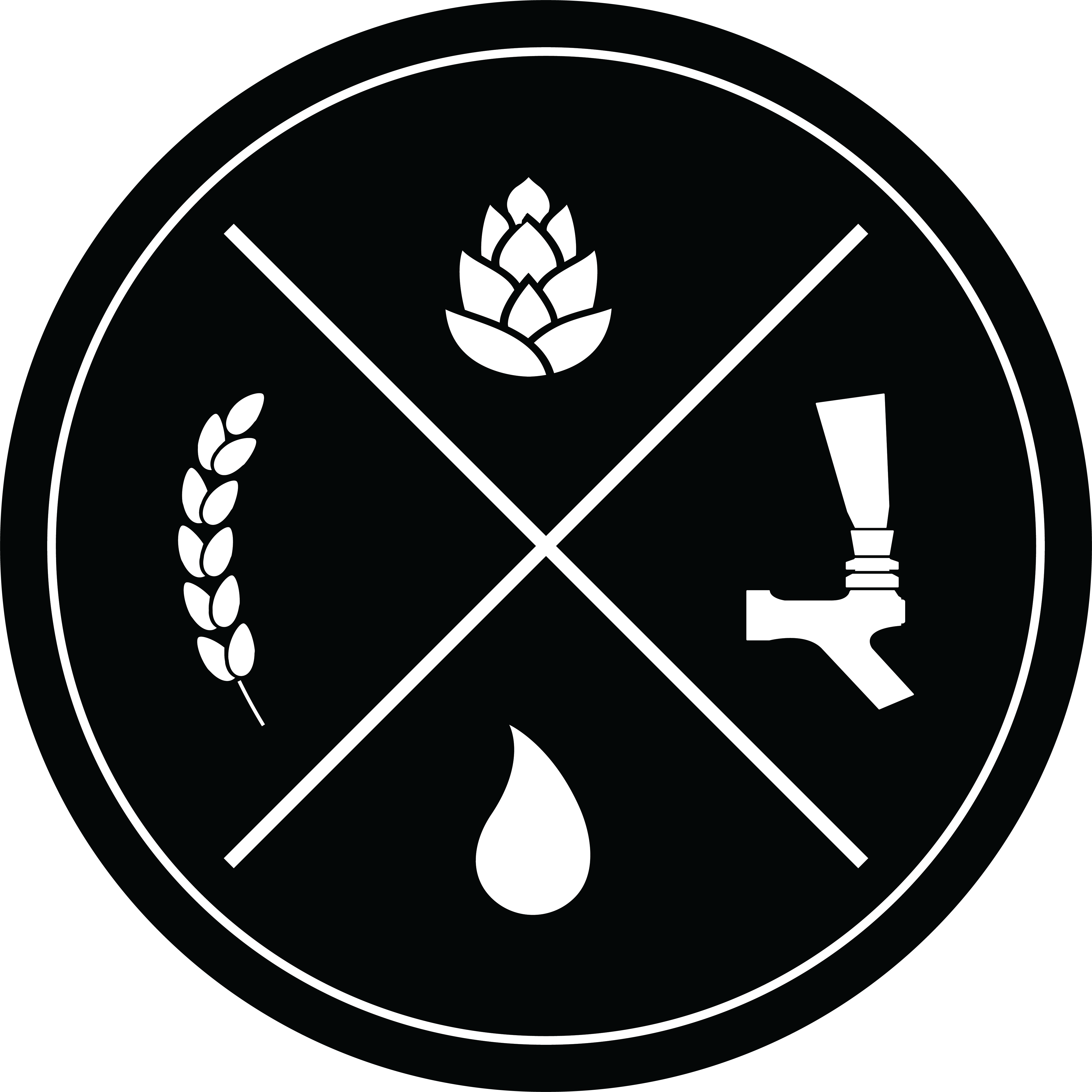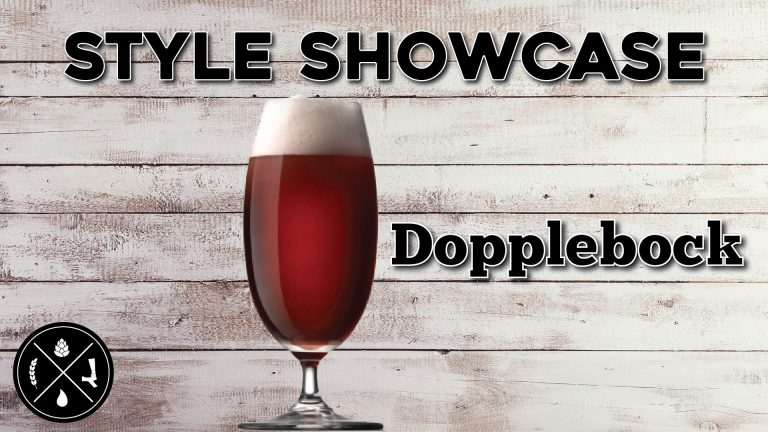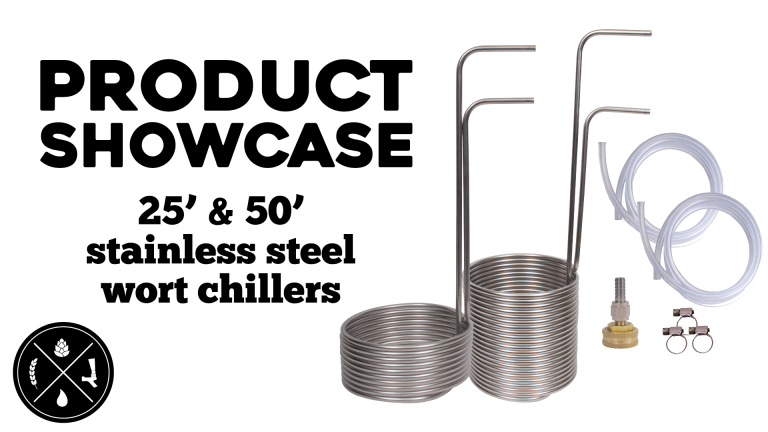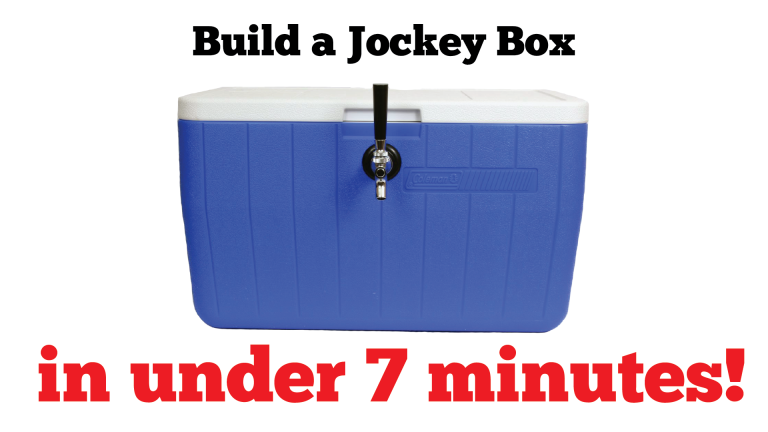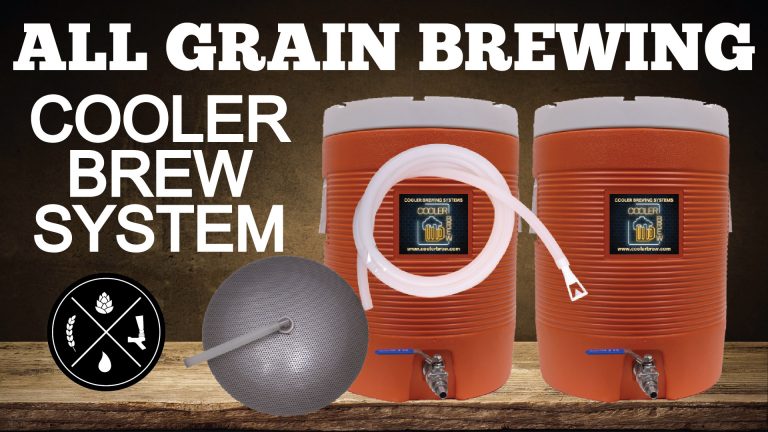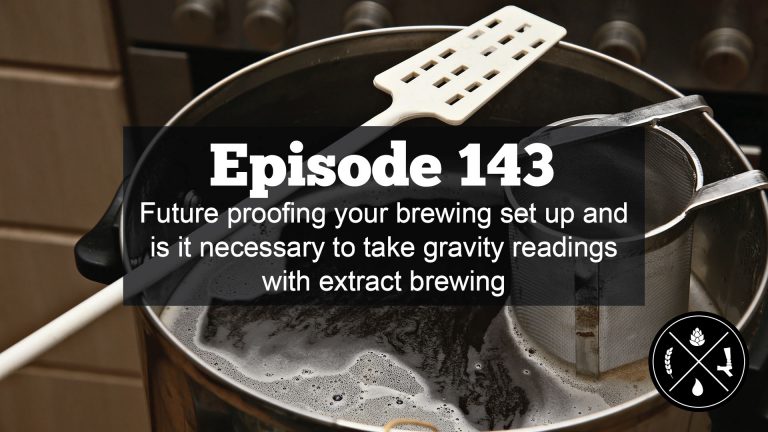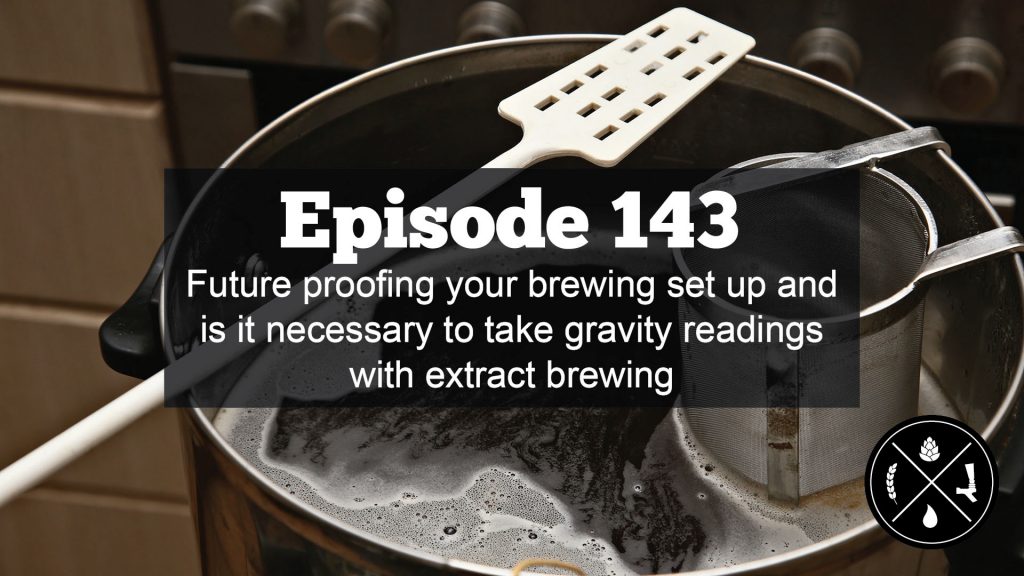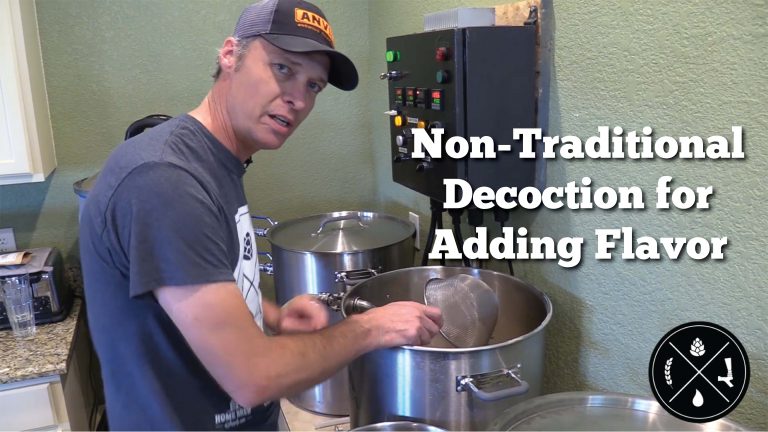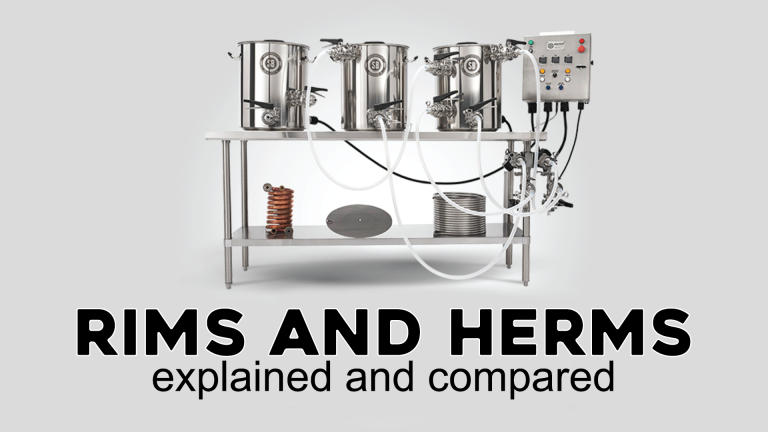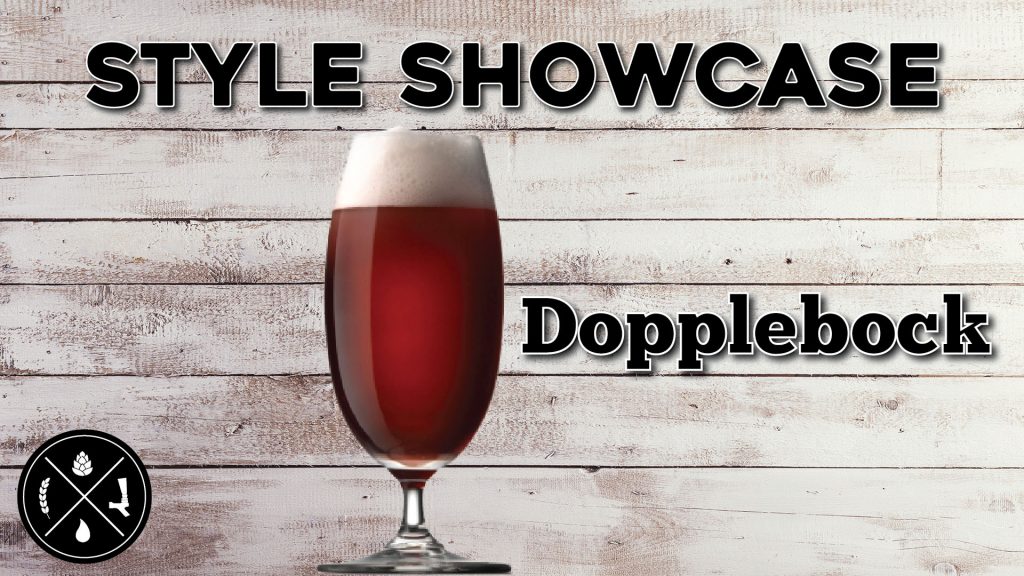
A post-Renaissance style, doppelbock was first brewed in Munich by the monks of St. Francis of Paula who came to Germany from Italy in 1627. Due to it being less well-attenuated then the modern interpretations of the style, the original versions were much sweeter. Paulaners, as they have come to be known, would practice long periods of fasting and prayer during religious celebrations such as Advent and Lent, where they would go many days without consuming any solid foods. To help sustain themselves during these periods of piety, the monks of St. Paula used their brewing knowledge to make a higher gravity beer that was richer in nutrients. This led to the monks often referring to this beer as “liquid bread”.
This style first became publicly available in 1780 after the monastery received legal permission, under the name of Salvator, which means “Holy Father” due to it’s sustaining qualities. The term doppel in doppelbock means double in German and was coined by consumers due to it being a bigger and stronger version compared to lower gravity bock counterparts. Sadly, the monastery was dissolved in 1799, but the brewery was saved by coming under control of Napoleon Bonaparte leader of the French Republic. It was then purchased in 1813 by a local brewer named Franz Zacherl. Franz suffered many hard years of legal battles over the brewing rights and was finally given unrestricted brewing rights of the beloved Salvator in 1837. Many commercial brewers that brew doppelbock will give homage to the original Salvator by putting –ator at the end of name, such as Celebrator by Ayinger.
When you look at the 2015 BJCP style guidelines for this style, they state that it should be a strong, rich, and malty lager that can be either pale or dark. Typically, when you see examples of this style, they will be the darker of the two variants. The darker version will have a more developed malt character while the lighter version will focus a little more on hops (still not exceeding the 26 IBUs for the style) and dryness. We will be focusing more on the darker version of the style. The nose and flavor of the beer should exhibit a strong malt character with a slight toasty-ness to it. Some caramel notes present are also acceptable to style. This is optional in the dark version, but I personally like having these caramel notes because it goes very nice when drank with a little bit of dark fruit, along with some chocolate. There also should be little to no hop aroma in this beer and should not be perceived as roasty, burnt or hoppy. Since these are very alcoholic beers the alcohol notes should be smooth and warming rather than burning.
OG: 1.072 – 1.112 IBUs: 16 – 26
FG: 1.016 – 1.026 SRM: 6 – 25
ABV: 7.0% – 10.0%
Recipe: “No Bocking Around”
All Grain
OG:1.084 FG:1.020 ABV:8.6%
Batch Size 5.2 gallons
Starting with the base of this beer, I used the Full Brown water profile to help show off the malty flavors of this style. Profile for the Full Brown should be:
Calcium 50ppm,Magnesium 5ppm, Sodium 27ppm, Sulfate 50ppm, Chloride 60ppm, Bicarbonate 85ppm.
When brewing on my Grainfather™ system I use a total of 8.49 gallons of water for this beer. Now I have an RO system but takes a while to make up enough for this so I been going to my local grocery store and buying distilled water.
For the mash I use 6.13 gallons of water and I will add:
2.87g Calcium Chloride, 2.41g Baking Soda, 1.46g Epsom Salt, 1.05g Gypsum, .38g Chalk.
For your sparge water you will need 2.66 gallons of water and add:
1.10g Calcium Chloride, 0.93g Baking Soda, 0.56g Epsom Salt, 0.40g Gypsum, 0.15g Chalk.
Grains: Total Grain Weight 16lbs
9lbs German Pilsner
4.5lbs Munich Malt
1lbs Caramel/Crystal Malt – 40L
1lbs Flaked Wheat
.5lbs Chocolate Mal
Mash for 60 mins at 154 degrees then mash out for 10mins at 168 degrees. This beer requires a 90 minute boil.
Boil Additions:
1oz Hersbrucker (2.75%) 60mins
0.22oz Chinook (13%) 60mins
Irish Moss 10mins
1oz Hallertauer (4.80%) 10mins
Yeast Nutrients 10mins
I used two White Labs German Lager Yeast WLP830 packs. Fermented at 52° for 12 days until it was about 8 points from the target FG, then raised the temperature to room temp (72°) until reaching target FG. Then slowly drop the temp by 5° a day until hitting lagering temperatures. Lager for a minimum of 8 weeks before kegging or bottling.
